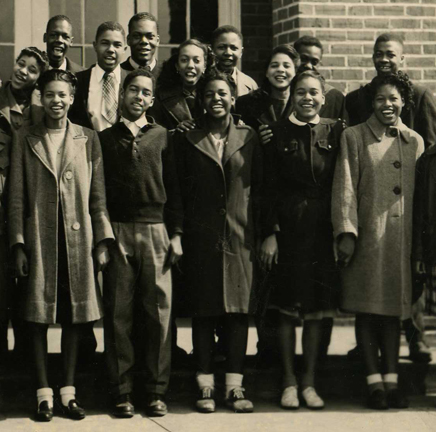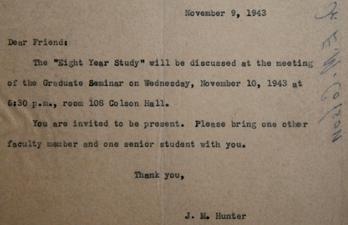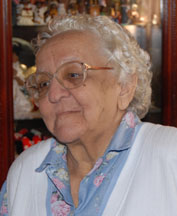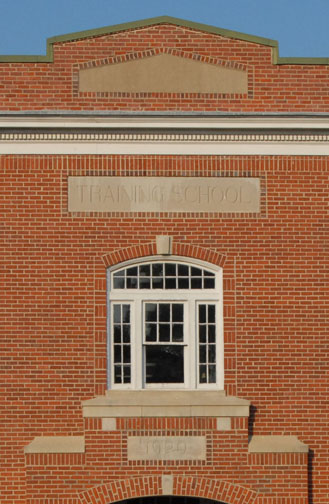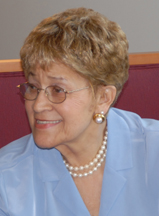

Davis High School—Virginia State College |
||||||||||||||||
“Being around college students made us more mature and caused us to want to finish high school and continue on to college. With the encouragement of our teachers, the older students instilled a sense in us that we too could succeed.” Marion E. Vaughan |
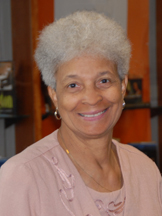 Marion E. Vaughan |
|||||||||||||||
“The college students treated us like their younger brothers and sisters. |
||||||||||||||||
While the D. Webster Davis School was a laboratory school in the conventional sense—namely, a site for the training of student teachers—the school drew from the more experimental traditions of a progressive laboratory school engaged in curricular exploration. The Secondary School Study and, specifically, the D. Webster Davis School, were directly linked to the experimentation of the Progressive Education Association's Eight Year Study, considered one of the most important educational experiments of the 20th century.
|
||||||||||||||||
D. Webster Davis Laboratory High School, Virginia State College, Ettrick, Va. The D. Webster Davis High School is the laboratory school for Virginia State College. It is situated on the college campus, provides experiences for about sixty cadet teachers and has at its head a person who acts in the capacity of supervisor of student teaching, college instructor (three hours per week) and principal. There are six full-time teachers, all holding master’s degrees, and fifteen part-time teachers. The former, with one exception, teaches a college class each semester in methods of teaching in their particular field. The school population fluctuates between 250 and 265 annually. The boys and girls come from both rural and urban localities. There are relatively few boarding or out of state students. The average age of students is fifteen. The school offers both vocational and academic experiences. This school serves largely the overflow of students from the nearby high school in the city of Petersburg and southside Chesterfield County. The students from Chesterfield, Prince George and Dinwiddie counties commute to the school by bus or automobiles provided by their parents. The school received accreditment in 1942. from W. H. Brown & W. A. Robinson, |
||||||||||||||||
“D. Webster Davis was as much a family as a school. The teachers would work with students outside of class—if we wanted to continue our learning, they would help. The teachers were welcoming and always willing to help.” |
|
|||||||||||||||
“Perhaps because the school was small, but we were more of a community While many of the participating schools of the Secondary School Study included a 1-11 (or 1-12) grade configuration, D. Webster Davis Laboratory School arranged their buildings so that they would comprise a 1-11 unit. The original building, the Campus Training School, was built in 1920 and included grades 1-7. The Training School building was renamed in 1939 as the D. Webster Davis Laboratory High School with a second building constructed in 1940 that served as the Matoaca Laboratory Elementary School. Coupled with the physical proximity of the building, the high school staff included college faculty, and some secondary school students attended courses in college buildings. In many respects the laboratory school setting represented an elementary-high school-college configuration offering insights into students' educational experiences that transcended grade levels. The D. Webster Davis School graduated its last class in 1948 with the opening of a Chesterfield County consolidated secondary school, Carver High School. The Davis building is now used as a residence hall for Virginia State University students.
|
||||||||||||||||
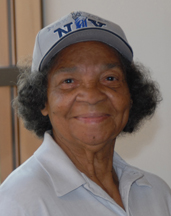 Claudia V. Goode Jennings |
“The college students treated us well- as if we were a part of their family. And, actually, they were part of us and we were part of them. Of course, they also knew that if they made it to their fourth year and decided to go into education—they had to come into D. Webster Davis!” |
|||||||||||||||
“The school was made so much greater by the fact that we were on campus; being among college students added so much for our education.” |
|
|||||||||||||||
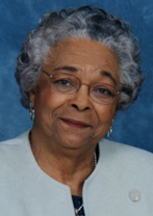 Laureta Matthews |
“Since we were associated with the university, we had certain privileges. Every year we staged an operetta that served as a unifying element for the curriculum, and the program served as a culminating event for the year. The performance, staged for two nights, was held in the gymnasium, but one would never have known that it was in gym. The art department designed sets and the program, and the home economics department made the costumes. The industrial arts department constructed sets and decorations. While ‘extra curricular,’ all the teachers were involved—history teachers, English teachers; everyone participated in some way.” |
|||||||||||||||

an institutional member of the International Coalition of Sites of Conscience
Museumofed@gmail.com

